The positioning of products in a store is a hugely important task for retailers, with long-term strategies combining with seasonal shifts and spur-of-the-moment changes in customer preferences and demands.
Monitoring how your customers move through your store can give you a better understanding of what they’re looking for, but also what they might be missing due to store layout.
“We don’t re-do from scratch – we just evolve what is and isn’t doing well,” says Amish Shingadia, from Londis Caterways in Horsham, West Sussex. “There hasn’t been a year when we haven’t. We want our customers to keep seeing the growth, and we haven’t had to spend that much money.”
Being vigilant and making small but regular changes can improve your store’s sales and also educate you about what your customers are actually after.
And if you aren’t completely overhauling a store, the costs can also be kept to a more manageable level. “A lot of it is often staring you in the face,” says David Lomas, from Lomas News in Bury, Lancashire. “It’s easy to get sucked into a complete refit and installing brand new things, but I’ve hardly spent a penny on shop fittings.
“I buy things from Ikea and make them fit. You can make things look professional doing it yourself.”
For some products, it’s about making it easy for customers to see them and get at them, while for other products it’s about leading people deeper into the store to showcase the full range that you have on offer.
“It’s very simple,” says Jeet Bansi, from Meon Valley Londis. “You want customers to want to see what’s round the next corner. People get excited by the breadth of range that we have, which is a real USP.”
Get people moving through the store
The customer journey at Jeet Bansi’s Meon Valley Londis has remained the same for a while. Customers go through on the left and up the fresh aisle. From there, they can see bread and milk at the back and fridges with promotional deals before swinging back to the tills. However, while the overall layout hasn’t changed, product placements are shifted according to seasons and promotions.
“We place things strategically,” he says. “We had nuts right by the till at Christmas, that people who were panicking could pick up. We introduced a bakery and changed our impulse lines, too.”
Bansi is gearing up for a refit next year and while layout will be discussed, he is happy with where things are. “The milkshake, coffee and slushie machines are all in one line leading to the sandwiches. Forty per cent of our core sales are fresh, so we give them prominence.”
Keep things moving
The layout in David Lomas’ store, Lomas News in Bury, Lancashire, has been continually evolving, but at the moment he is the happiest that he’s ever been with it. “We moved our fridges to the other side of the store, and we moved our papers and cards,” he says. “It’s been changing continually since 2007, and this is the first time I’ve been completely happy with it.”
The store is 400sq ft, but by moving the cards to a separate location, Lomas’ customers can stand and browse in a safe way without blocking people.
“We have a one-way system in place for Covid-19 and that is driving people through our store. It’s driving people past certain impulse items – as people walk in, they can see the drinks right in front of them in a cold Monster fridge.
“They sell themselves. The confectionery is right by the till as well. It all works well.”
sssssssssssssss
Analyse to make the right change
Amish Shingadia will tweak his Londis Caterways store in Horsham, West Sussex, every three months, partly because of seasonal changes, and partly from regular strengths, weaknesses, opportunities and threats (SWOT) analyses that he and his team do. “We try and evolve the store every year,” he says.
These tweaks will see about 10% of the store, changed to suit shifting preferences and seasonal products. For Shingadia, this balance helps keep customers interested in the store without becoming alienated to constant change. “Customers have become very mission-focused, so it helps to break their chain of thought if you tweak the store.”
It’s also a good opportunity for a retailer to involve their staff in the running of the shop and to simply be a proactive shopkeeper. “I get a bit bored of the same store, so I like tweaking it and it’s good fun getting involved.”
Keep your customers guessing
When it comes to certain products, Rani Kaur, from Little Village Store in Coven, West Midlands, likes to keep her customers on their toes by moving them around the store. “As I clean, I move things around so people have to look for them and find new products that way,” she says.
She keeps her milk at the back of the store because, as an essential item, it will draw people right the way through. With a small store, that has meant putting her refrigerated soft drinks at the back as well, which reduces impulse purchases from people coming in for a newspaper or some cigarettes. Kaur would like to install fridges nearer the till, but at the moment space does not permit this.
She focuses on eye-catching things at the front of the store instead. “I put £1 lines right at the front so people can see them as they come in,” she says. “I think £1 lines work better than offers there.”
Look at your competitors
Sophie Towers, from Kibble Bank One Stop, is opening two stores and refitting another, and while she is confident that the layout she has settled on will work, she knows that it will ultimately be her customers who influence where certain products are located.
“There’s always room to improve it and you should always be watching it,” she says. “Everything is very particular to your local area.”
With that in mind, she has found it useful to visit local shops in her area and find out what they were doing and what was working. It gives her inspiration and ideas that, even as an experienced retailer, she might not have thought about previously.
“Going to others in your area is important. You can spot the trends you might be missing. It’s not always easy to connect with retailers in your area. I don’t know any retailer local to me, so I have to go in as a customer.”
Top tips for store layout
- Never be satisfied: There will always be room for improving your store’s layout, so be on the lookout constantly for small tweaks that you can make.
- Talk to your customers: Ultimately, the layout is designed to help them navigate through your shop, so ask them what they’d like to see in store.
- Consider local and seasonal variances: Every store has a different demographic, so don’t assume that one store layout will work in multiple stores. Similarly, different products require positional promotion at certain times of year.
- Draw people in on a journey: Some products need to be at the front of the store to get people to come in and grab what they need quickly and impulsively. Others need to be further back to draw people in and around your entire shop. Work out what works best and implement it.
This piece appeared in the 28 May 2021 issue of Retail News. To get the latest issue, subscribe here




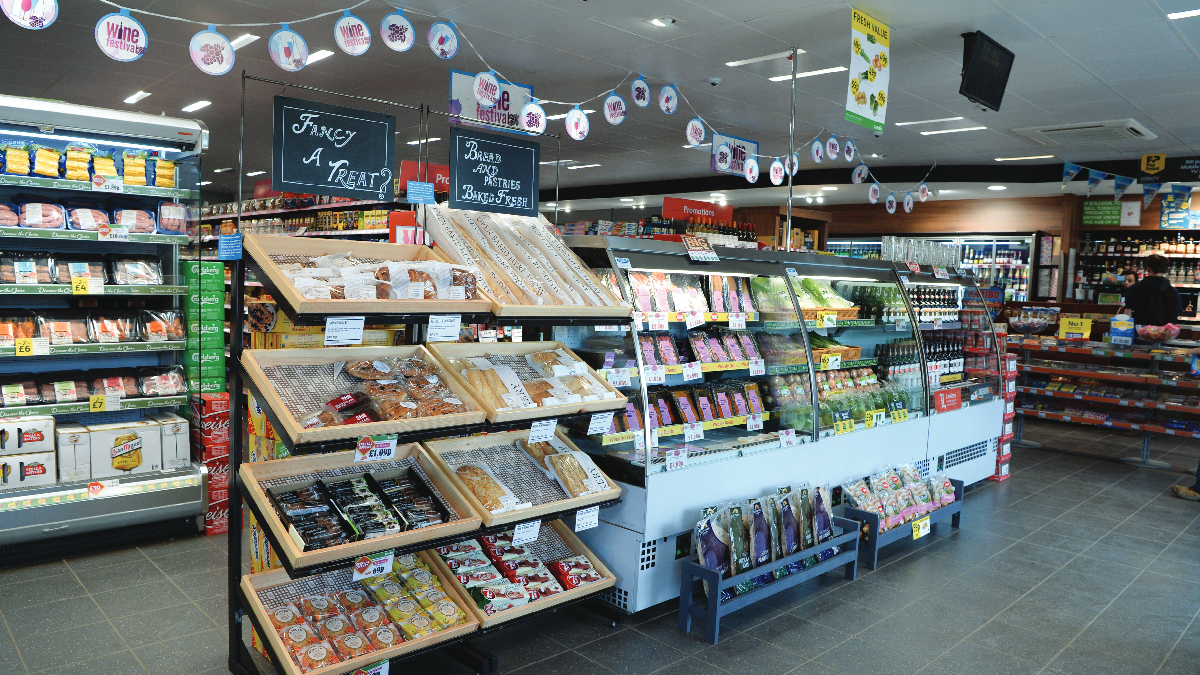
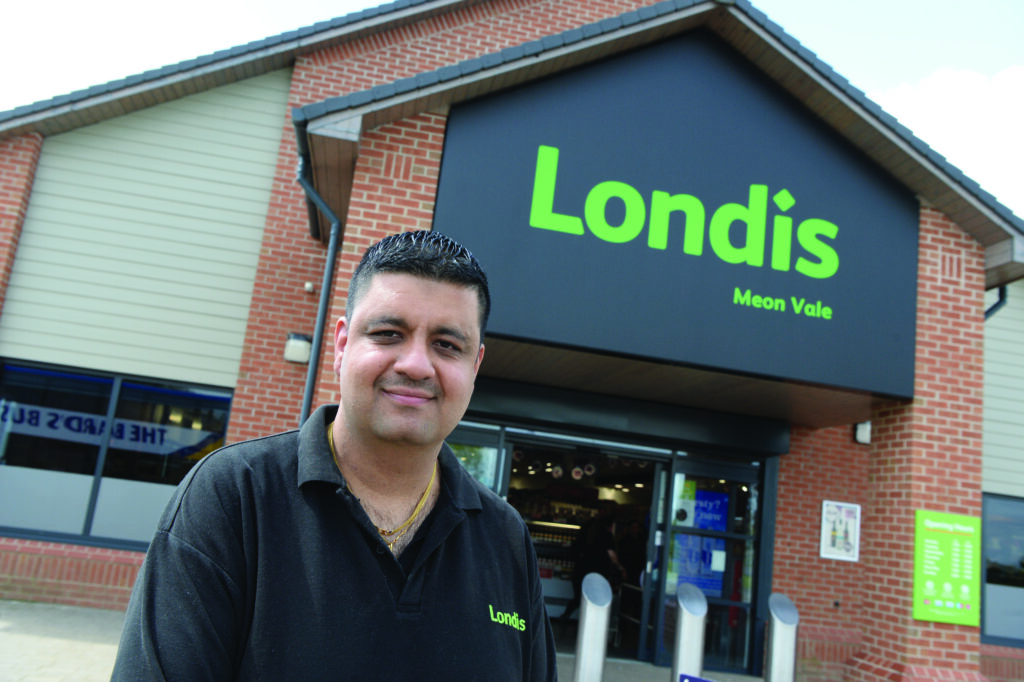
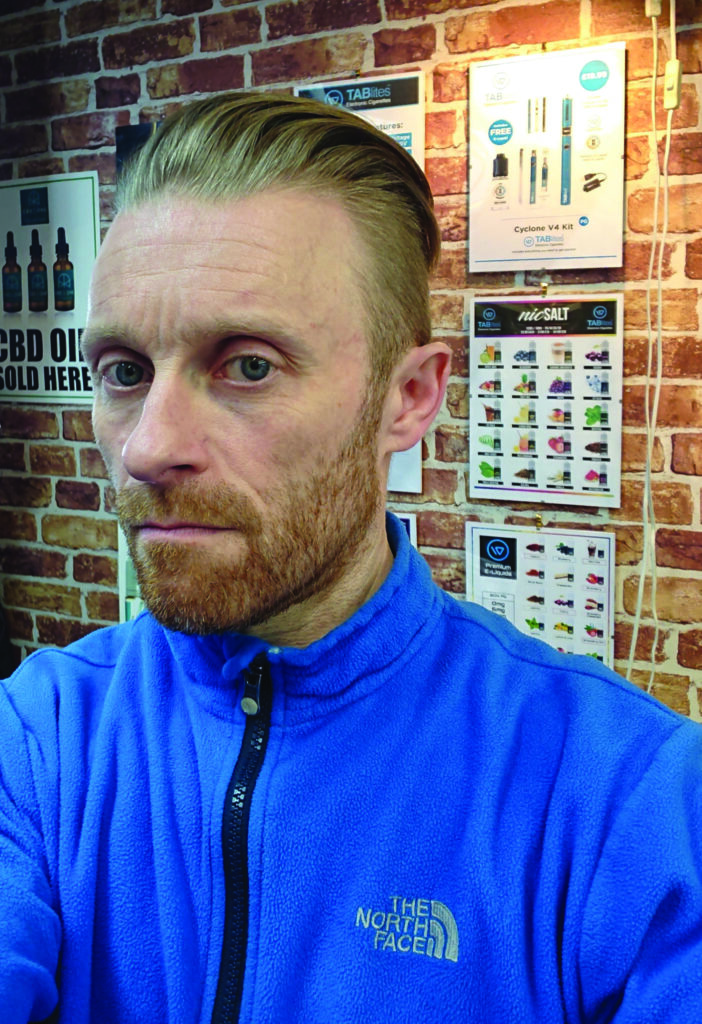
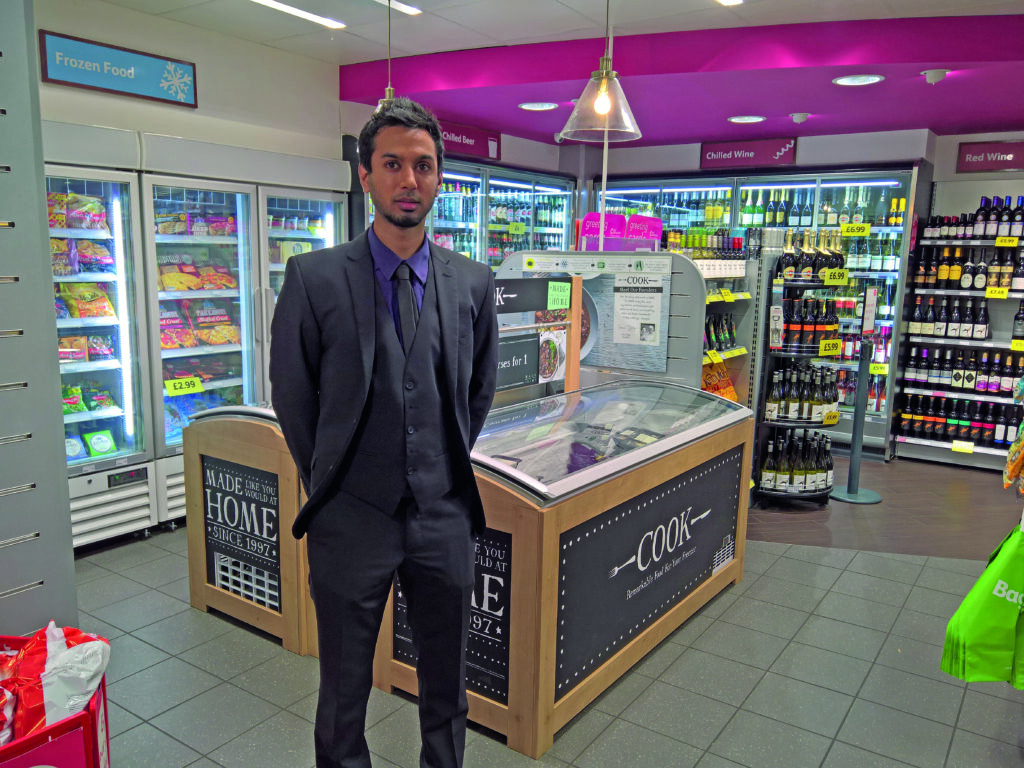
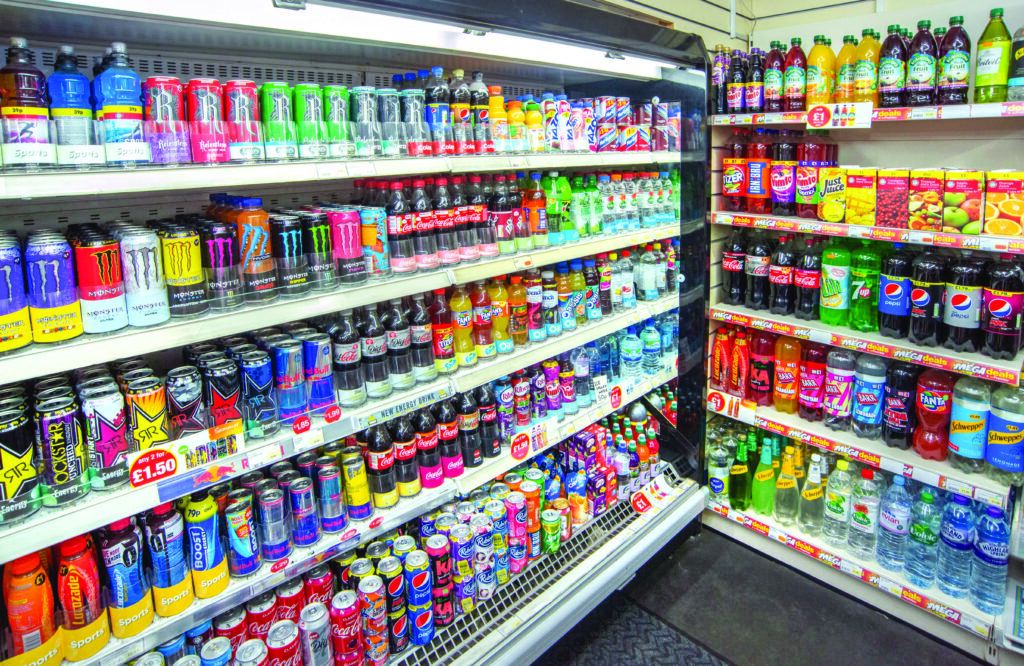
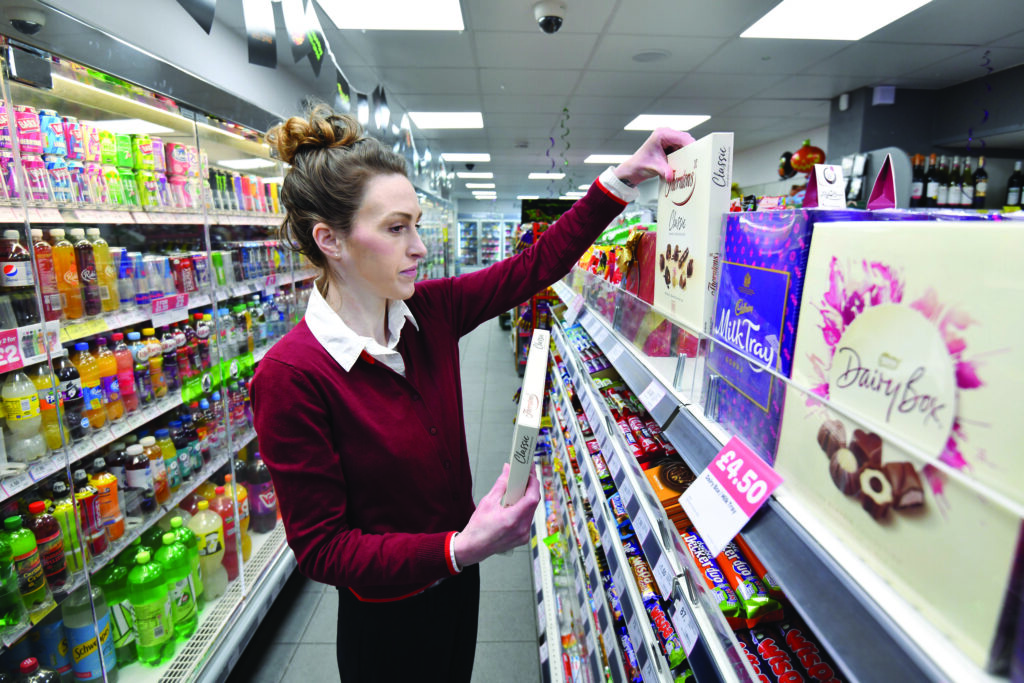

Comments
This article doesn't have any comments yet, be the first!